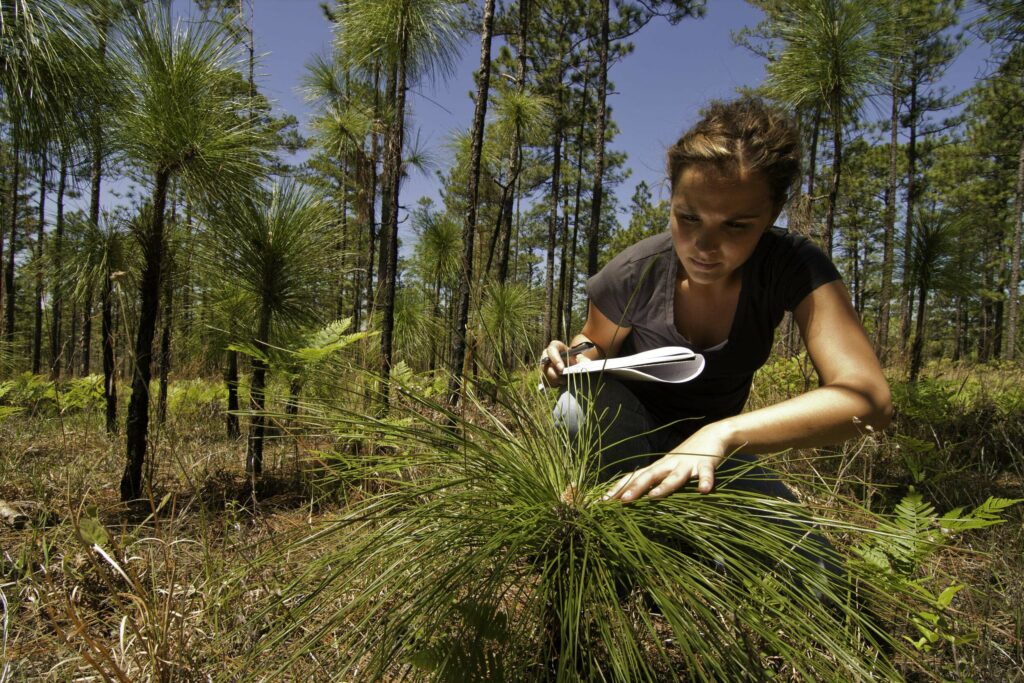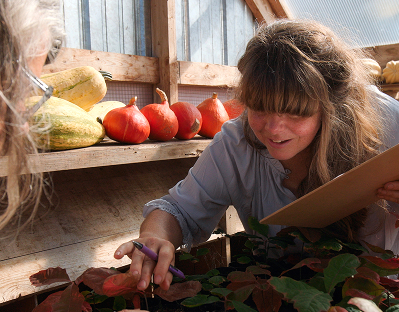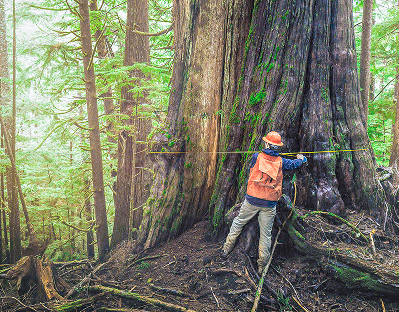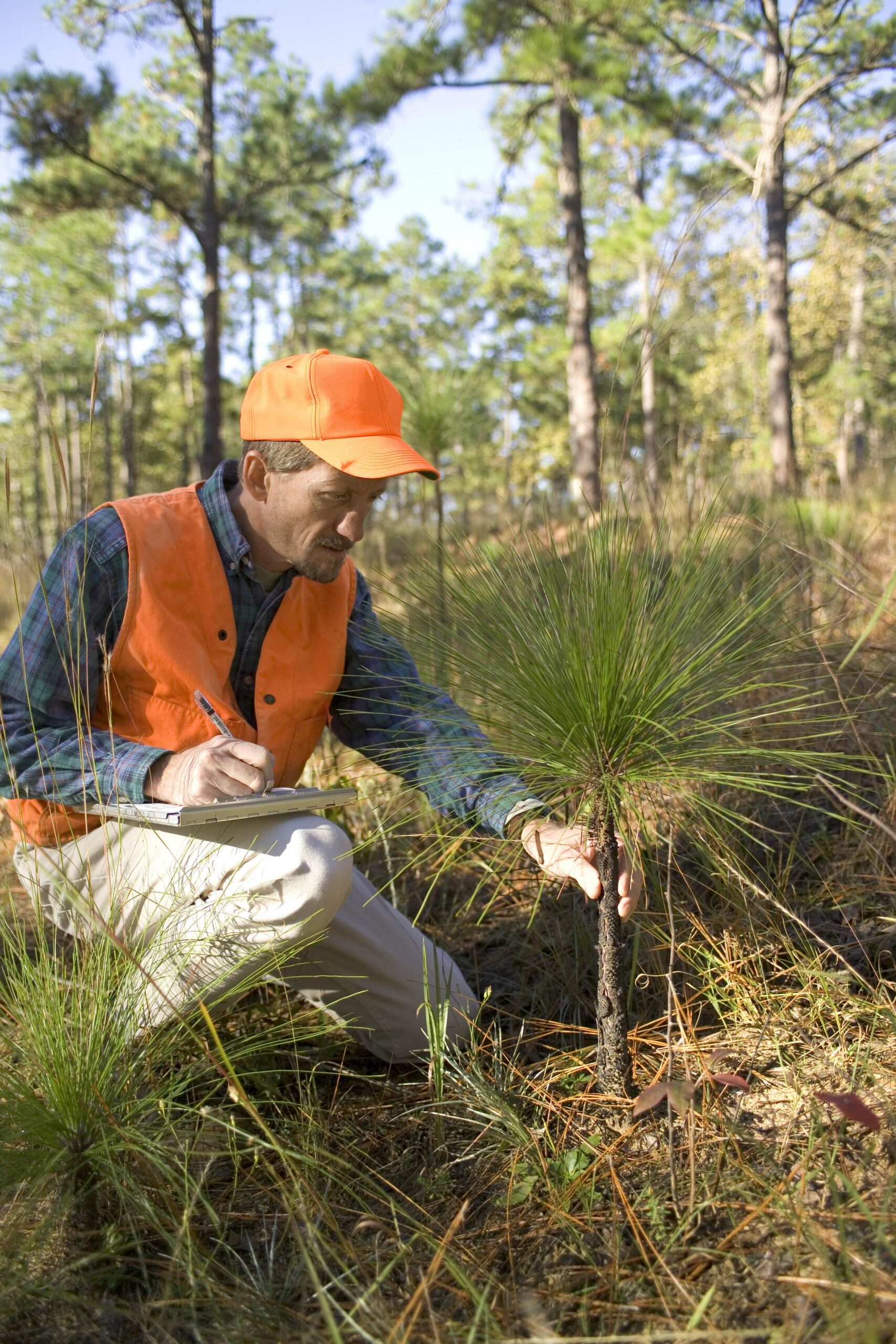
Forests Actions in Georgia
Georgia’s forests are essential for clean air, water filtration, storm protection, and wildlife habitat. They boost the economy through timber, recreation, and tourism. Forest actions like sustainable forest management, reforestation, and conservation are crucial to protect infrastructure, enhance local economies, and safeguard communities, ensuring long-term forest health and benefits for future generations.

What difference do healthy forests make for communities in Georgia?
Forests generate a multi-billion dollar economic benefit
In 2022, Georgia’s forest industry contributed $42 billion to the state’s economy and supported nearly 141,000 jobs.1 Sustainable forest management is crucial for maintaining these economic benefits, ensuring long-term stability for local communities, and providing essential services such as clean water, carbon sequestration, and biodiversity conservation.
Fishing, hunting, and wildlife-associated recreation, supported by healthy forest ecosystems, generate $5.5 billion annually and sustain 40,000 jobs in the state.1
Georgia’s rich and diverse forests support approximately 830,000 resident anglers and 400,000 resident hunters, providing immeasurable value to the state’s residents and visitors.1
Healthy forests protect water quality
Approximately 60.5% of watersheds supplying drinking water in Georgia are forested, playing a crucial role in water purification.1
Forests support biodiversity and wildlife habitats
Forests help naturally remove and store carbon
Georgia’s forests offset approximately 23% of the state’s carbon dioxide emissions,3,4, and can sequester one to four tons of carbon per acre, per year.1
There are up to 6.73 million acres available in Georgia to restore forest cover, of which 6.6 million acres are privately owned.5 Reforesting these historically forested lands with approximately 4.1 billion trees could capture 29.98 million tons of CO2 per year, equivalent to removing 5.88 million cars from the road.5
What can be done with more funding for forests in Georgia?
Support longleaf pine reforestation and restoration efforts
Longleaf pine forests help communities become more resilient to storms, drought, and accompanying wildfires as they are wind resistant, drought resistant, fire adapted, and pest resistant.7
Increase the amount of permanently protected longleaf forests
Use easement or land purchases to protect forests, supported by financial incentives and programs for voluntary land conservation agreements.8
Enhance forest health and resistance to fire and invasive species
Support programs to fight invasive species, promote healthy forest practices, and facilitate prescribed burning.1
Provide landowner education and training
Educate and train landowners on responsible use of prescribed fire, supported by public relations and collaboration with state and federal agencies, NGOs, and private contractors.1
Fund research on the benefits of forest restoration for people and the environment
Increase funding to study the impacts of forest fragmentation and urbanization, and accurately value the benefits these forests provide.1
Provide technical assistance to private forest owners
Fund technical forestry assistance to help landowners manage their forests effectively.1
Click for References
1. Georgia Forestry Commission. (2024). Sustainability Report 2024. Retrieved from https://gatrees.org/wp-content/uploads/2020/01/Sustainability-Report-2024-WebVer.pdf
2. The Nature Conservancy. (2025). Climate Change Resilient Forests in the Appalachians. Retrieved from https://www.nature.org/en-us/magazine/magazine-articles/climate-change-resilient-forests-appalachians/
3. Dwivedi, P., & Mohan, J. (2021). Land Sinks Solutions Sector | Drawdown Georgia. Retrieved from https://www.drawdownga.org/solutions/land-sinks/
4. Domke, G. M., Walters, B. F., Nowak, D. J., Smith, J. E., Nichols, M. C., Ogle, S. M., Coulston, J. W., & Wirth, T. C. (2021). Greenhouse gas emissions and removals from forest land, woodlands, and urban trees in the United States, 1990-2019 (Resource Update FS-307). U.S. Department of Agriculture, Forest Service, Northern Research Station. https://doi.org/10.2737/FS-RU-307
5. Reforestation Hub. (n.d.). Georgia. Retrieved from https://www.reforestationhub.org/state/georgia
6. U.S. Nature4Climate. (2024). Support for Implementing Natural Climate Solutions in the United States is Strong and Growing. Retrieved from https://usnature4climate.org/2024/08/07/support-for-implementing-natural-climate-solutions-in-the-united-states-is-strong-and-growing/
7. The Nature Conservancy. (2022). Longleaf Pine Restoration. Retrieved from https://www.nature.org/en-us/what-we-do/our-priorities/protect-water-and-land/land-and-water-stories/longleaf-pine-restoration/
8. The Nature Conservancy. (2024). Advocacy Plan Longleaf Whole System. Retrieved from https://www.nature.org/content/dam/tnc/nature/en/documents/Longleaf-Advocacy-Plan-January-2024.pdf

Make the case for forests in Georgia
Customize a PDF infographic to help you make the case for why sustainable forest management, reforestation, and conservation are essential to empower and protect communities in Georgia from the effects of the changing climate.


Learn More

Contact experts on forests:
Below is a list of organizations that specialize in forests within our coalition. Send us an email and we’ll direct you to the correct person to communicate with.

Explore our “Science for Decision-Makers” page
The “Science for Decision-Makers” section highlights key research on nature-based solutions in the U.S., including strategies like reforestation, restoration, and improving forest management, complemented by blog articles, case studies, videos, and infographics that summarizes the research and explain the impact it can have on real-world situations.

What is the science?
See the climate mitigation potential of forest restoration and other forest strategies in our Science page.
What else can be done?
- See how coastal wetlands are benefiting communities in Georgia
- Explore other states





